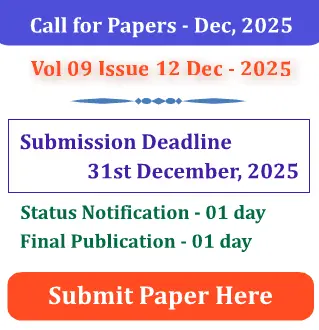Impact of Agricultural Credit on Marginal Farmers' Income and Local Economic Development in Northern Bangladesh
Rakibul Hassan1, Md Jobayer Alam2, Md Ashraful Alam3, Md Kamrujjaman4, Md Juyel Rana5, Md Arif Hossain6.
1Lecturer, Department of Public administration, Lalon University of Science & Arts, Bangladesh.
2Graduate Student, Department of Management Information system, Lamar University, USA.
3Revenue officer, National Board of Revenue, Bangladesh.
4Graduate Student, Department of Management Information system, Lamar University, USA.
5Graduate Student, Department of Management Information system, Lamar University, USA.
6Graduate Student, Department of Management Information system, Lamar University, USA.
Abstract
This research aims to identify relationships between agricultural finance, Local agricultural growth, and Local economic development based on data collected in northern Bangladesh. The data for our sample is collected from branches of Rajshahi Krishi Unnayan Bank and microcredit based banks operated by non-governmental organizations (NGOs), both of which provide loans to farmers. We use a generalized method of moments (GMM) and a random-effects (RE) model to investigate the association between agricultural loans and economic and agricultural development in various regions. According to our research, agricultural loans significantly boost local economic and agricultural development. The provision of loans to rural firms and farmers has a direct and positive connection with the progress of agriculture and the economy in a certain region. Various types of loans, including as microcredit, loans for rural individuals, SME loans, moneymaking loans, and others, have a positive impact on local agricultural growth. Hence, we may deduce that the increase of agricultural loans provided by banks in the northern region contributes to the progress of both the local and national economies.
Keywords: Agricultural, Credit, Marginal Farmers, Economic Development, Northern Bangladesh, Agricultural Credit.







